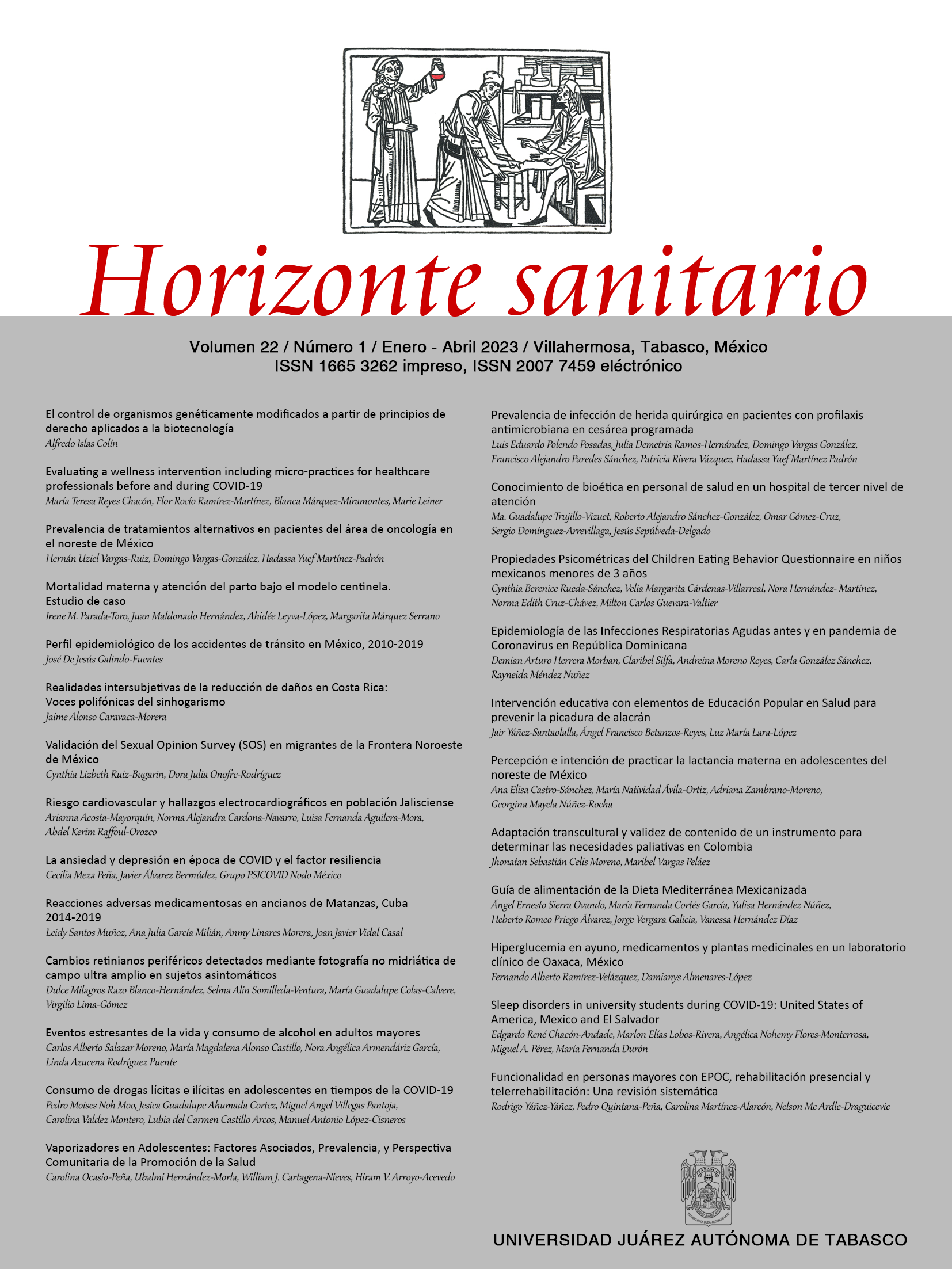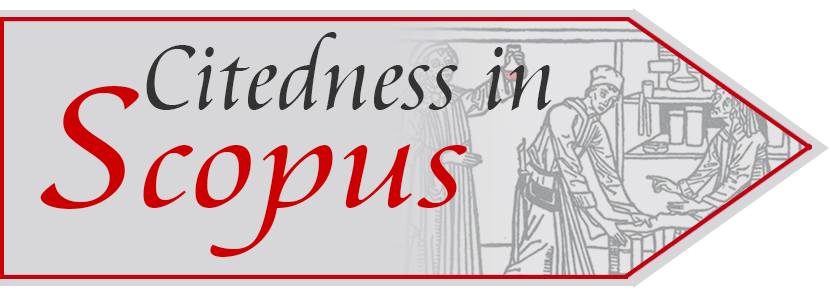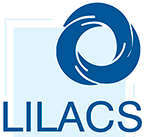Prevalence of alternative treatments in patients in the oncology area in northeastern Mexico
DOI:
https://doi.org/10.19136/hs.a22n1.4882Abstract
Objective: To determine the prevalence of the complementary use of herbal medicine in oncology patients.
Materials and methods: This study was observational, cross-sectional, descriptive and prolective. A non-probabilistic sampling was carried out. The study included 100 patients who attended the oncology area of the Hospital de Alta Especialidad de Ciudad Victoria "Bicentenario 2010" (HRAEV) during the study period and who met the selection criteria indicated for this research.
Results: 100 surveys were carried out on cancer patients, of which 55% were female. This population has an average age of 48.2 years. Regarding the origin of the patients, 67% reside in Cd. Victoria. The range of educational level among the interviewees oscillated between high school and middle school. who belong to the middle class. There is a prevalence of 82% in the use of alternative treatments to treat the pathology, of which 76% employ the use of herbal medicine as an adjuvant in the different diseases that are treated in the hospital. The main plants used are: 45% Marijuana (Cannabis sativa), 23% Noni (Morinda citrifolia) and 12% Burdock (Arctium lappa).
Conclusion: The use of complementary alternative medicine is common in cancer patients, highlighting herbal medicine. Due to the above, understanding the dynamics of the implementation of alternative therapies such as herbalism, will allow understanding and guiding the patient in their oncological cycle process and minimizing side effects. KEY WORDS: naturopathy; oncology; alternative medicine.
Key words: Cancer; Oncology; Therapy.
Downloads
Published
Issue
Section
License
Copyright (c) 2022 Horizonte Sanitario

This work is licensed under a Creative Commons Attribution-NonCommercial-ShareAlike 4.0 International License.





























